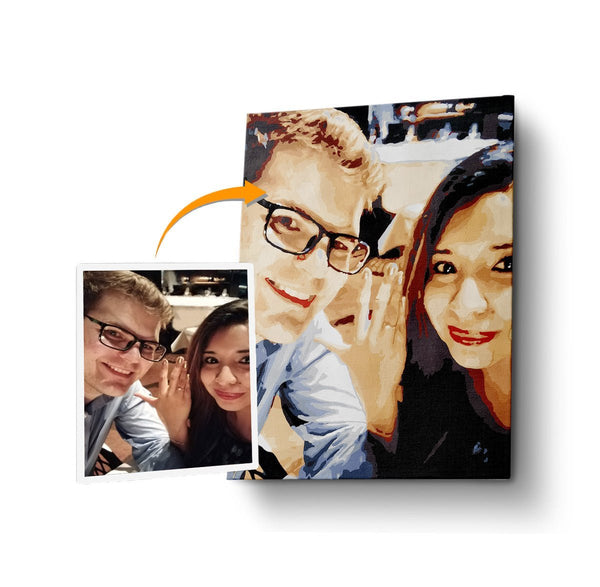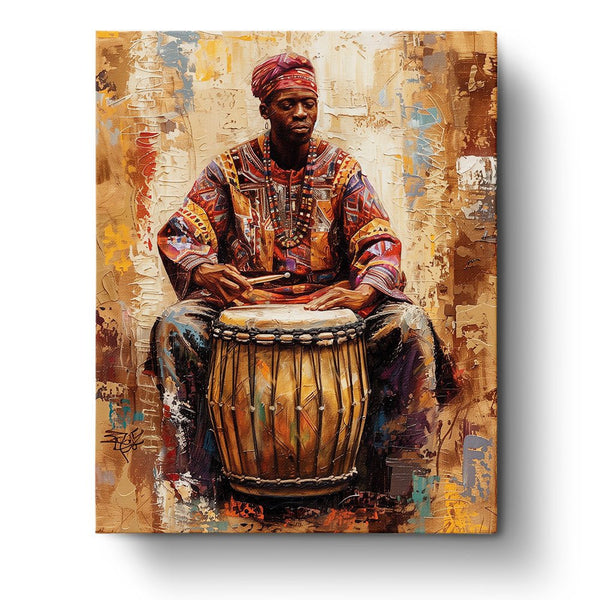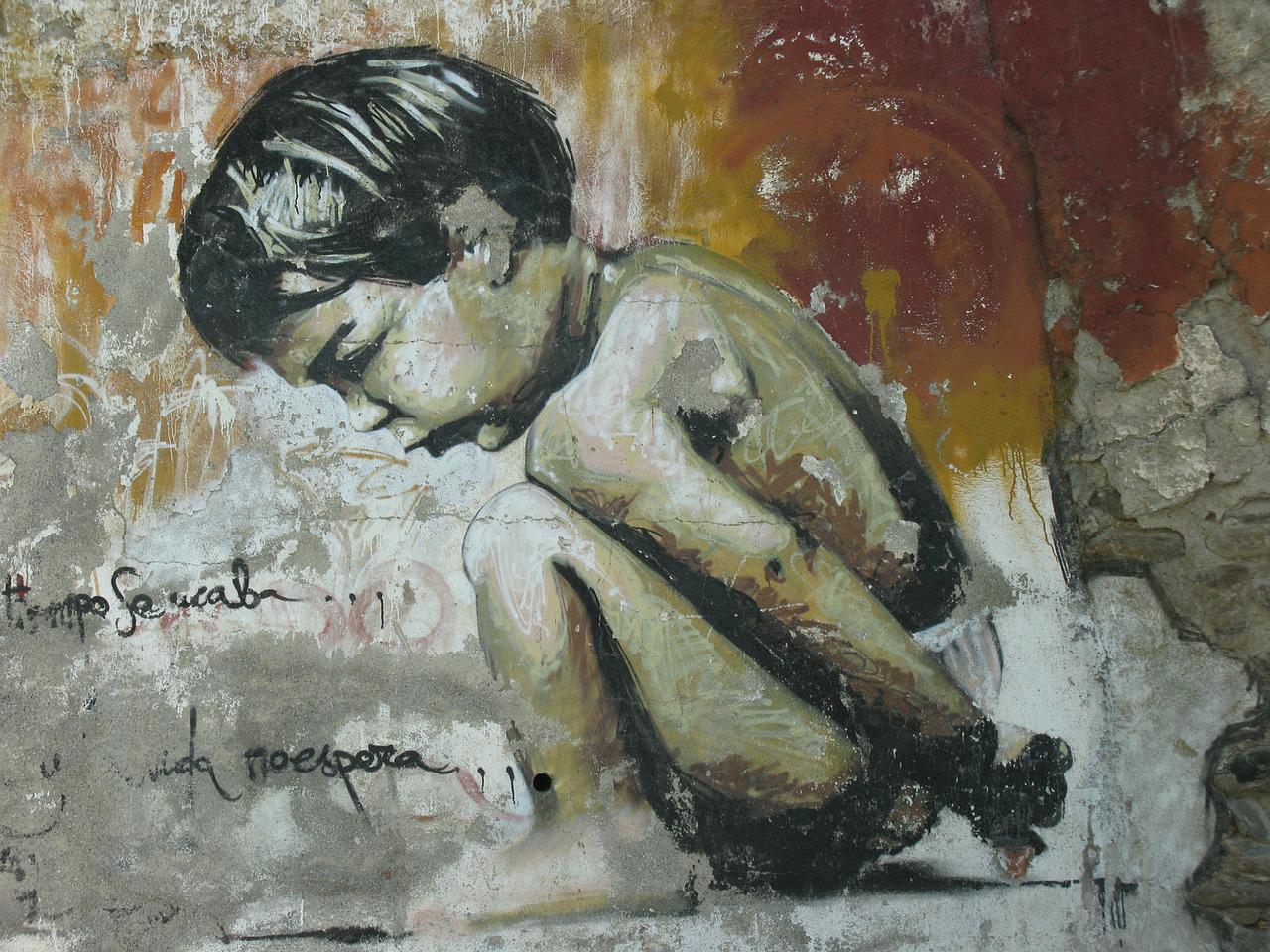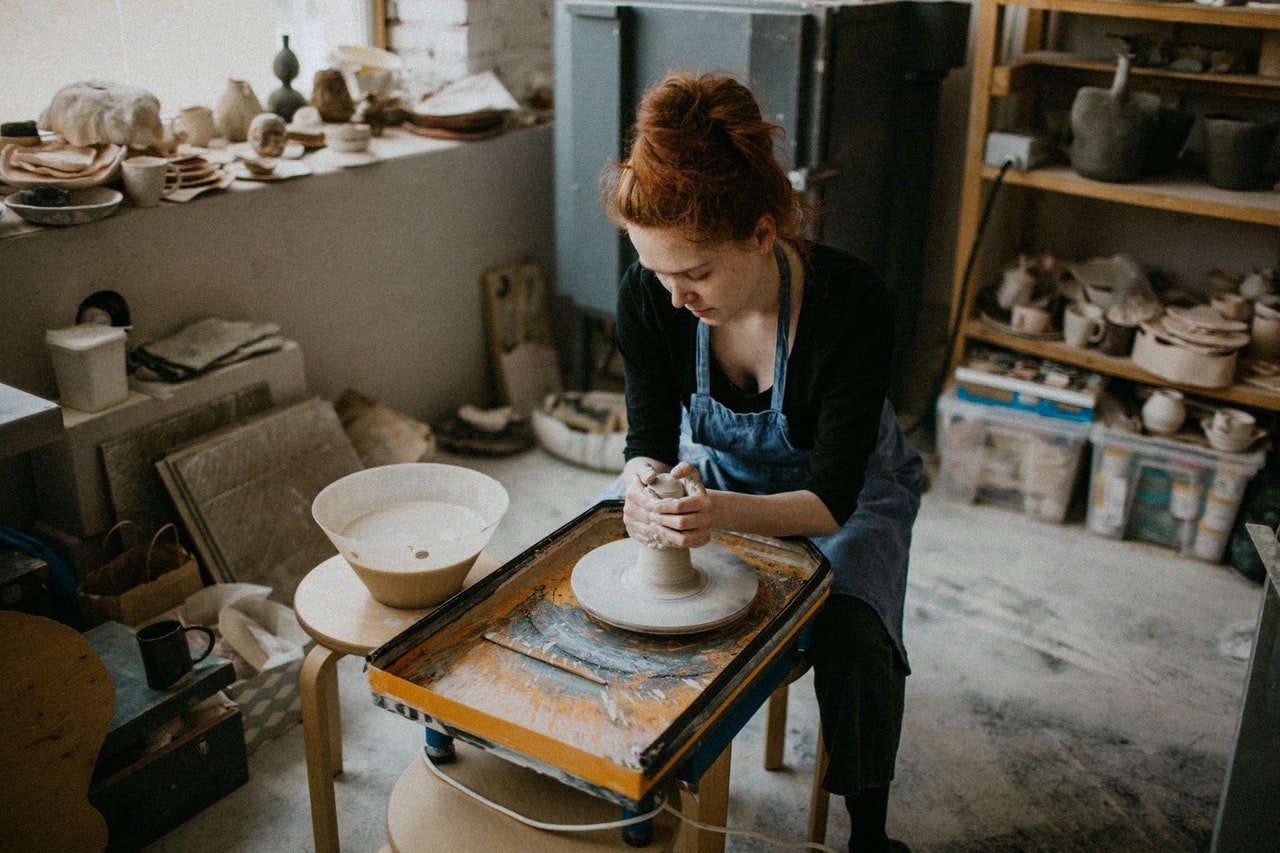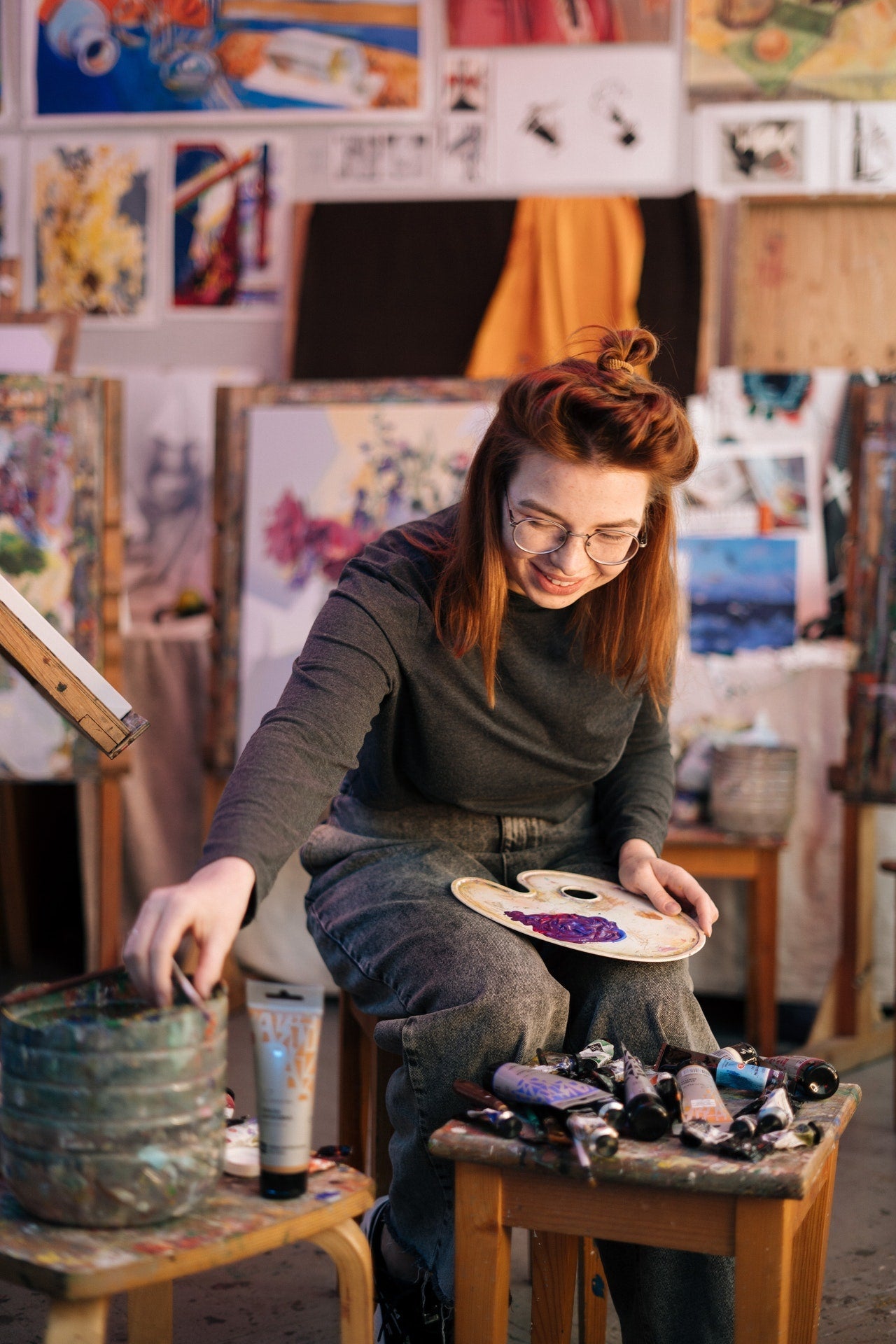
Art and Lifestyle: Maintaining Work/Life Balance as an Artist
Artist or not, it is known that life is hectic– everyone’s day is full of busy and conflicting schedules, we all have a tremendous number of tasks to do so every day is exhausting, and we have little to no time to indulge in our hobbies. Having life described this way, it's as if life has become a chore as a whole and it's something not meant to be enjoyed. It should be the opposite.
There is so much more to our existence than just working to gain money, doing chores inside our house, and exhausting ourselves without taking a break to enjoy things. Maintaining a good work/life balance as an artist is essential in developing a healthy lifestyle with less stress and anxiety. It will also provide us with good coping strategies, allow us to be more optimistic, and have more energy to do the things we love.
As an artist, we are often faced with a dilemma where we find it hard to separate work from our personal lives. This leads to an unbalanced schedule which may eventually result in burnout, fatigue, exhaustion, and depression. Let us learn more about how maintaining a good work/life balance as an artist is beneficial to our physical health and mental well-being.
All these and more will be discussed in this article, so keep on reading if you wanna learn more!

Balancing work and life may be especially tough for artists. This is because the creative process is continuous, and the pressure that it entails may infiltrate into daily life.
The topic of work-life balance has received a lot of attention in the professional sector over recent years. Companies want to ensure that their employees are healthy and happy so that they can do their best work because burnout will not only affect employees, but also the employers.
Most of us work on a regular eight-hour, 9 AM to 5 PM shift just to get our necessities. We believe that even artists work as hard as those who are regularly employed, therefore we must also embrace a few techniques to avoid burnout and remain our best creative selves to generate beautiful artworks that can inspire other people.
What is Work/Life Balance?
Work-life balance is a feature of a good working environment, as well as a state of balance in which an individual focuses on the needs of one's job and the responsibilities of one's personal life equally. It entails reducing work-related strain and building a steady and sustainable manner of work while maintaining a healthy lifestyle and overall well-being.
In a broader sense, it also includes the creation of a sustainable manner of working while maintaining good physical health and mental well-being.

Is Having Work/Life Balance Necessary as an Artist?
Maintaining a good work-life balance as an artist is very necessary even though it is often difficult to do so. Separating life from work is very difficult for many artists, whether they work full-time or part-time. Artists refer to their art as a passion, so it’s quite inseparable from life or work.
There is no secret recipe for balancing work and home life, nor is there a time frame you should devote to one or the other. Work-life balance implies you are evenly satisfied by the combination of your career and personal life.
This aspect is very important for the well-being of artists. It is the main tendency for many artists to underperform if they’re not feeling at their best– their personal life will not only suffer but so will their job performance and productivity as an artist. Moreover, the lack of work/life balance can lead to detrimental effects on the physical health, emotional and psychological state, as well as the financial stability of artists.
Tips on Maintaining a Good Work/Life Balance as an Artist
Now that we know the basics of what work/life balance is all about and why it is important for artists, let’s take a look at some of the tips you can follow in maintaining a good work/life balance as an artist. Nonetheless, we hope that these tips help you become more productive while having good mental well-being at the same time.
1. Create a healthy schedule that works for you:
Be the master of your time and not the other way around. That being said, your schedule should be in harmony and not at random. While it is understandable that as artists, we tend to be spontaneous, having a messy schedule can lead to a loss of energy and focus.
So, instead of doing things whenever you like it, try to create a schedule for everything– a time for work, a time for play, a time for your hobbies, etc. When we build patterns for activities and relaxation, our bodies and minds perform optimally. This holds for eating, resting, and working. Your timetable doesn't have to be mechanical, but it does need to be consistent to set limits between production and relaxation.
Rather than fitting in art-making at random, plan ahead of time and choose important pieces of time you can be there. It would be great if they could be repeated every week. Your free time will be more leisurely, and your artistic time will be more creative, with a framework in place.

2. Make your own space for creativity:
The pandemic has proved that while a work-from-home set-up is also advantageous, the worst part is that it’s full of distractions. As artists, we try to resist distractions as much as we can so that our products won’t get compromised.
While having a separate art studio is a great idea, not everyone can afford to have one so instead, we just have to make use of the spaces or rooms in our house and repurpose them as studios or an office. Having a different space for work or creating art gives your brain cues to transition from one activity to another.

3. Take a break from time to time:
It might be difficult for artists to walk away from the easel and take a break, but it is vital to preserving that sense of creativity and is an excellent approach to conquering creative blocks. For many employees, having days off is vital for their well-being, both physical and mental.
With such, artists should adopt days off too, especially those artists who are working more than one job. Read a book, visit a museum, take a nap, do something else with your time, just make sure that you’re off creating or working because overworking can lead to burnout which is something that you would want to avoid.

4. Self-awareness is key:
Being aware of ourselves allows us to adapt to the dynamic process of balancing our work and personal life. To produce artistic work, you must first examine yourself. This requires a willingness to examine those uncomfortable, frequently repressed aspects of ourselves, where self-esteem is weakest - how we react to fear, how we adapt to stress, and how long-ago experiences impact our emotional lives and behavior patterns now.
Artists learn to promote self-awareness via writing, interaction with fellow artists, and a variety of other activities. The outcomes benefit both their artworks and overall well-being.



